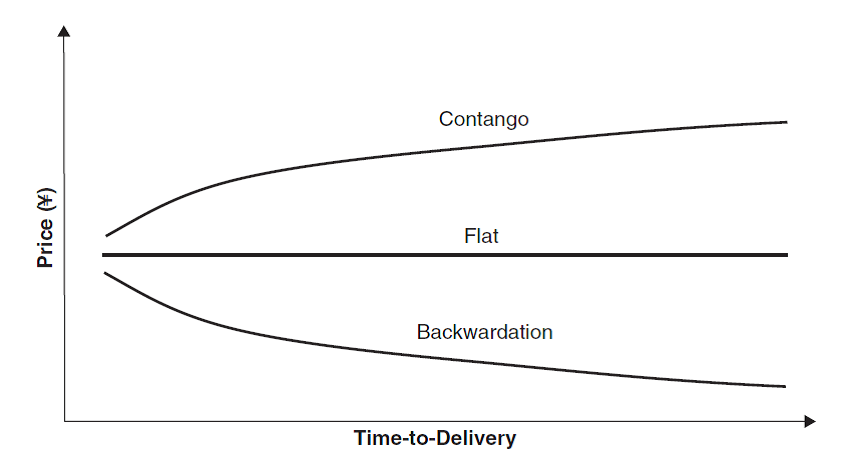US bitcoin futures regulation
Bitcoin futures trade in the US at the CME Group. CME is the largest futures exchange in the world, dominated by its large volume and open interest of futures and options on the S&P 500 and interest rate products, such as US Treasuries and Eurodollars. CME also trades gold and precious metals, crude oil and energy products, foreign currencies, and agricultural products. Bitcoin futures started trading on the CME in December 2017[1].
The CME Group was founded in 1898 and is regulated by the Commodity Futures Trading Commission. Many ETFs, mutual funds, and institutional investors have a long history of trading futures and options at the CME. The regulatory environment of the US futures markets is well established[2].
How do bitcoin futures work?
Each bitcoin futures contract is denominated in 5 bitcoin, recently $100,000 per contract.
A key to understanding the difference between bitcoin and bitcoin futures is that the futures contracts expire on a monthly basis, meaning that long-term holders will need to roll their positions into the next month’s contract before the expiration of the current month's contract. Bitcoin futures may trade at different prices in different futures months and futures may trade at different prices than spot bitcoin. This is termed the cash-futures basis[3].

Investors in futures are likely to outperform investors in spot bitcoin when the cash-futures basis is positive, which is termed backwardation. In a backward market, futures contracts trade at a lower price than the spot market. If the spot price is stable over time, investors who buy futures contracts at a lower price than the spot market can gain when the futures price converges to the spot price at expiration.
Investors in futures are likely to underperform investors in spot bitcoin when the cash-futures basis is negative, which is termed contango. In a contango market, futures contracts trade at a higher price than the spot market. If the spot price is stable over time, investors who buy futures contracts at a higher price than the spot market will lose value when the futures price converges to the spot price at expiration.
Assume that the price of spot bitcoin is $20,000 on June 1. At that date, the ETF may hold futures expiring on the last trading day of July. If the price of the July futures is $20,200, the futures are in contango because the futures price exceeds the price of the spot bitcoin. Because the futures price must match the spot price at expiration, owners of the futures contract or the ETF may underperform the spot bitcoin price by approximately 1% between June 1 and the expiration or liquidation of the holdings in the July futures contract.
Conversely, assume that the price of the July futures contract is $19,800. In this scenario of backwardation where the futures price is below the spot price, owners of the futures contract or the ETF may outperform the spot bitcoin price by approximately 1% over the same time period.
[2] https://www.cmegroup.com/education/courses/market-regulation/overview/cme-group-rules-and-regulation-overview.html
Subscribe to our
research newsletters
"*" indicates required fields
